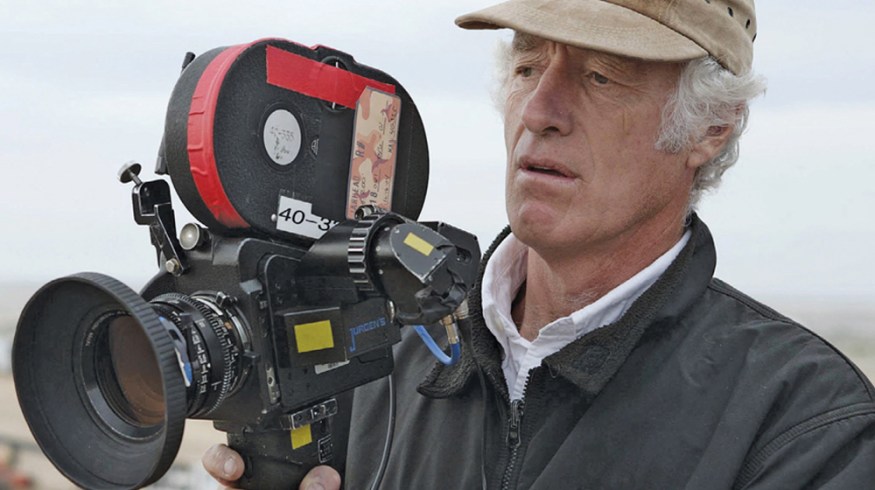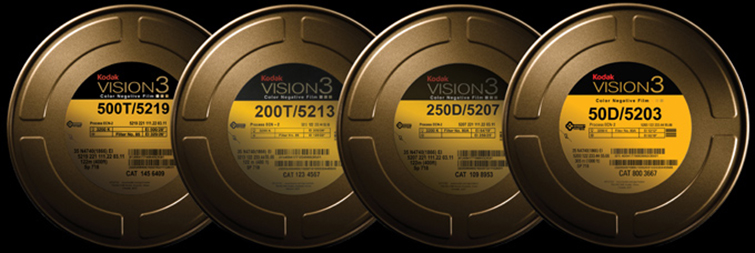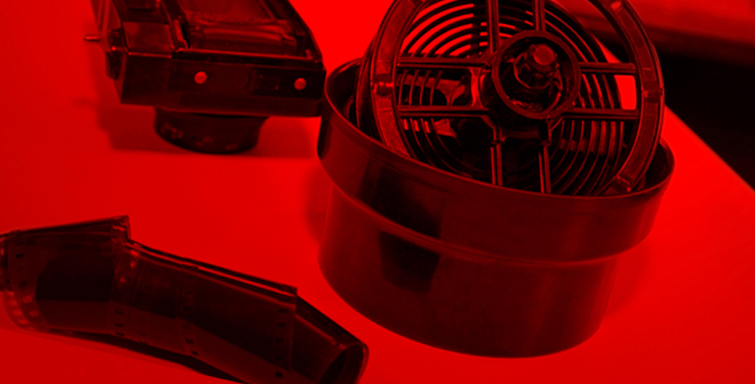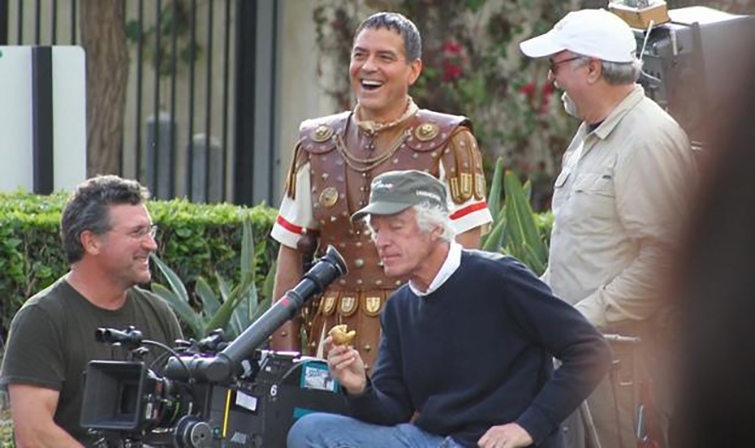
The Negatives of Shooting on Film
The debate over film versus digital will rage on well into the future, but let’s take a look at some of the emerging negatives of shooting on film.
Top image via Alchetron
You’ve probably read the following at least a hundred times: the advances of digital technology have finally caught up with film and may soon surpass it. Yes, the advances in digital filmmaking are nothing short of amazing. In less than a decade, small and independent films have gone from 1080p to 4k, and now 6K and 8K cameras are legitimate options for small budgets.
Major blockbuster films and your local video house even use some of the same production cameras from RED. That is why so many of the biggest blockbusters have turned to shooting on large-format film like 70mm and IMAX. They are trying to stay ahead. Major studios are also the testing ground for new digital cameras. Marvel’s Guardians of the Galaxy Vol. 2 will be shooting on the RED 8K Weapon, a camera that is not yet available.
Choosing film over digital comes down to options like director’s preference or the type of movie. There has been a major shift between classic cinematic tales and the VFX heavy films that completely rely on digital effects. Here’s a look at the negatives of shooting on film.
Cost (One Feature vs Multiple Films)

Image via Shutterstock
There are a few things we need to first take into account. Are you looking at immediate cost or long-term cost? Are you buying gear or renting? Are you spending the entire budget on this one project, or are you hoping to keep your gear for the foreseeable future?
If you are only taking into consideration the cost of one feature, you’ll find that film is not that much more expensive than digital. The biggest difference will come down to crew experience. If you have a very experienced camera crew, you shouldn’t have any problem shooting film. If the crew is inexperienced, expect a few of those film rolls to be worthless. You’ll need a couple thousand extra feet of film stock in case your dailies come back and the footage isn’t useable. Film requires an incredible amount of detail to camera settings. There is no deleting the file and reshooting.
With digital, you can keep using the same memory card over and over again. Depending on the type of card, you can even keep using it after a camera upgrade. With film, you can keep using the same magazine, but you need a new film reel every time. The benefit of digital is the longevity of the memory cards, which you can keep using on future projects.

Image via Kodak
For new 16mm film, you’re looking at $200 for 400 feet of film. For 35mm it will be closer to $870 for 1000 feet. That’s eleven minutes worth of recording. You can also get a recan of 16mm for around $100 – $150 or 35mm for $400. Recans are film rolls that were loaded into a magazine but never used. You can also go cheap and buy short ends, which are partial rolls left over from other shoots. Short ends cost about $0.25 per foot, or $100 for 400 feet of 16mm. Don’t forget the cost of processing, which is around $0.15 – $0.20 a foot.
Like mentioned earlier, eleven minutes for an experienced crew is not a problem. However, compare that to a high-end CF card which costs around $50 for a 64GB. 64GB at 4K is a little more than an hour of footage.
Now you may be questioning some math here. How does $200 for eleven minutes compare to $50 for almost an hour and a half of footage? You have to remember that the film itself is an archive that can be rescanned. With a memory card you will also need a hard drive which will be another couple hundred dollars. Also depending on the type of camera, you may need an adapter for the memory card. For a RED camera, you’ll need to buy a CF card module, which by itself costs $500.
With film, all of the cost is in the camera, film stock, and processing. With digital, the cost is in the camera, memory card, storage, and backups. What does all this mean toward the negatives of film? This still depends on your project. For film, all of your cost goes into one production. With digital, you can spread the cost over several films and keep using the same memory and storage.
Processing

Image via Shutterstock
Processing your film should be your biggest concern. It doesn’t matter if you shot immaculate footage, that film can be destroyed and lost forever if not processed correctly.
The biggest problem with processing is the lack of labs. So many processing labs have closed their doors during the digital boom. That means there are only a few labs that have an experienced staff to properly handle your film. Just because there’s a new lab in your area doesn’t mean everyone working there knows what they’re doing.
And it’s not just the labs themselves. There has also been a decrease in the quality of film stock. Kodak nearly shut their doors until there was a revival of major films shot on film. A few cinematographers have since come out to say that some of the stock from the various film companies isn’t up to the same standards of years past.

Image via Den of Geek
One of the most outspoken cinematographers on the issue is the critically acclaimed director of photography Roger Deakins. He had this to say after shooting Hail, Caesar!
We did have some problems. We had some stock issues and stuff like that, which was really disconcerting. And I’ve heard that’s happened to a lot of people lately, you know, stock and lab problems. That’s unnerving. I mean I never really remember having those kind of problems before. But it makes me nervous now. I don’t want to do that again, frankly. I don’t think the infrastructure’s there. – Variety
That’s not the only thing Deakins has criticized. There are also issues with the processing of dailies. Film reels must be sent to the lab to be processed and then sent back to set to be viewed by the director. With so many lab closures, films are dependent on the nearest processing lab. The feature Unbroken was shot in Australia.
There was no lab in Australia by then. All the labs had closed down. So we would have been shipping film across the world and that was just not going to be — you know, it’s stressful. It takes two or three days to get a report. That’s stressful. – HitFix
As I say, just the technical problems with film, I’m sorry, it’s over. – Variety
Deakins certainly thinks film has died, but that doesn’t mean it will go without a fight. Directors like Christopher Nolan and Quentin Tarantino aim to keep the format alive, but after them – who knows.
Surely you have an opinion on the matter of film versus digital. Please share it in the comments below!





